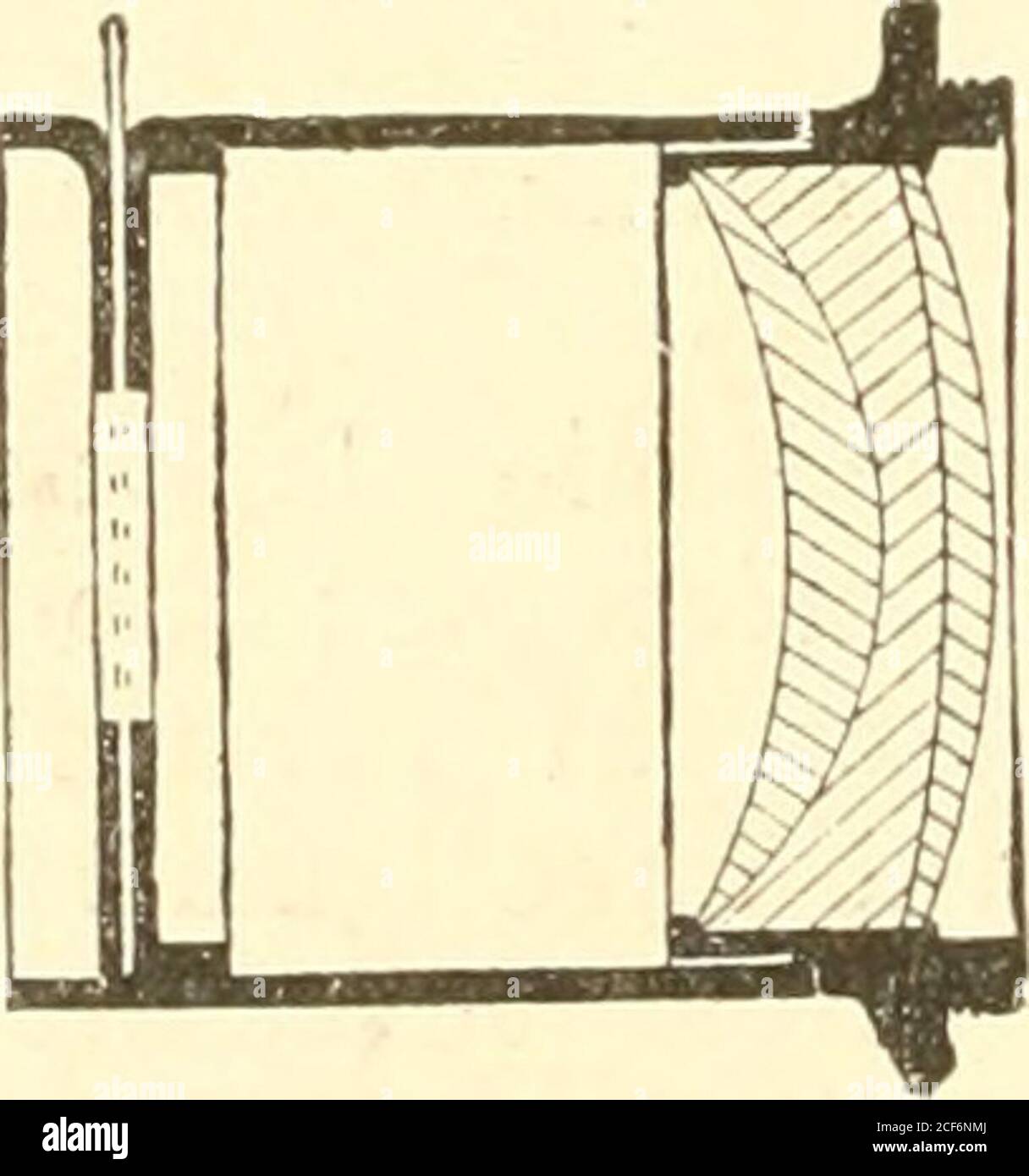. The book of photography; practical, theoretical and applied. Fig. 500.—Section of Double Meniscus Lens. Since it is uncorrected for chromaticaberration, it is no use focussing with itin the ordinary way ; the result must becorrected by one of the methods describedon p. 355. Besides this fault, the lens issubject to spherical aberration, curva-ture of field, and astigmatism, unless wellstopped down. Except when used as asupplementary lens, or magnifier, to alter. Fij. 502.—Section of Thhee-Glass Single Achro-matic Lens. the focus of another, it is hardly adaptedfor practical work of any descr

Image details
Contributor:
Reading Room 2020 / Alamy Stock PhotoImage ID:
2CF6NMJFile size:
7.1 MB (157.3 KB Compressed download)Releases:
Model - no | Property - noDo I need a release?Dimensions:
1529 x 1634 px | 25.9 x 27.7 cm | 10.2 x 10.9 inches | 150dpiMore information:
This image is a public domain image, which means either that copyright has expired in the image or the copyright holder has waived their copyright. Alamy charges you a fee for access to the high resolution copy of the image.
This image could have imperfections as it’s either historical or reportage.
. The book of photography; practical, theoretical and applied. Fig. 500.—Section of Double Meniscus Lens. Since it is uncorrected for chromaticaberration, it is no use focussing with itin the ordinary way ; the result must becorrected by one of the methods describedon p. 355. Besides this fault, the lens issubject to spherical aberration, curva-ture of field, and astigmatism, unless wellstopped down. Except when used as asupplementary lens, or magnifier, to alter. Fij. 502.—Section of Thhee-Glass Single Achro-matic Lens. the focus of another, it is hardly adaptedfor practical work of any description. The Double Meniscus Lens. The double meniscus or periscopic lens(Fig. 500) is also non-achromatic, and can-not be used for direct focussing. It isfairly satisfactory in fixed focus hand-cameras, or with a carefully adjustedfocussing scale, specially marked to allowfor correction, and has the advantage overthe single lens that it gives hardly any distortion, and may be used with a largeraperture ; astigmatism and sphericalaberration are also better corrected, though still present to an appreciable ex-tent. It is certainly not a lens to beadopted by the serious worker, if a betteris obtainable. It does not seem to be i Fig. 501.—Section of Two-Glass Single Acheoji.tioLens. generally known that a long exposurecannot be safely given with any lens un-corrected for colour, since, even when thefocus has been properly adjusted to allowfor this, the oth